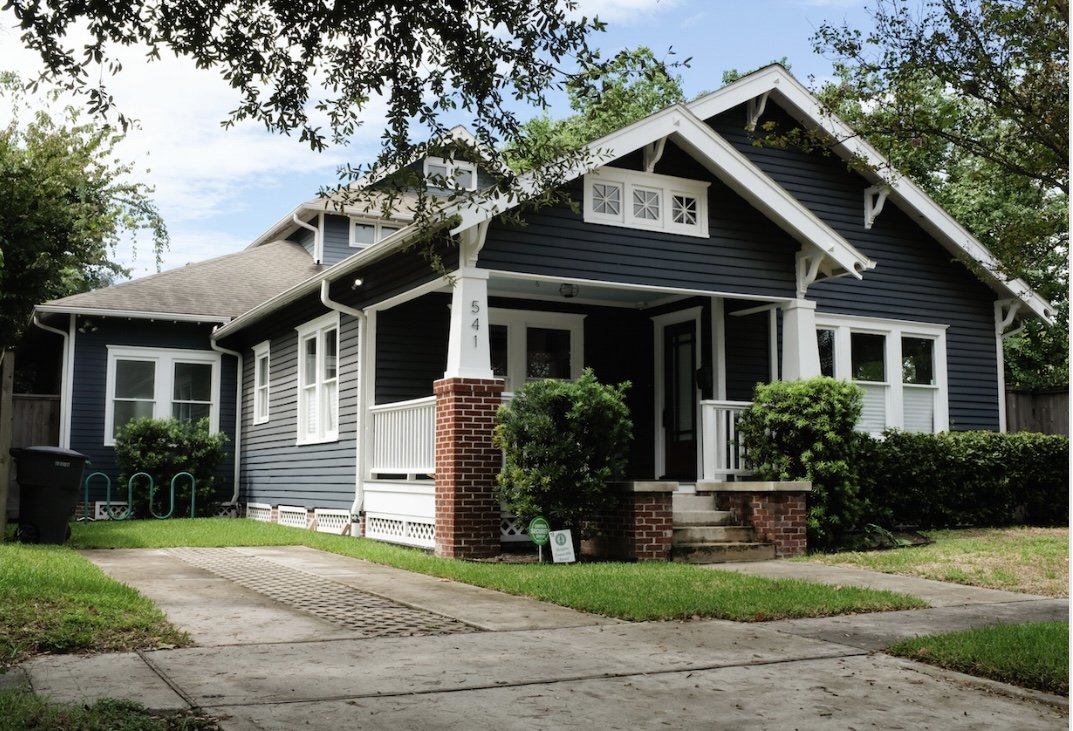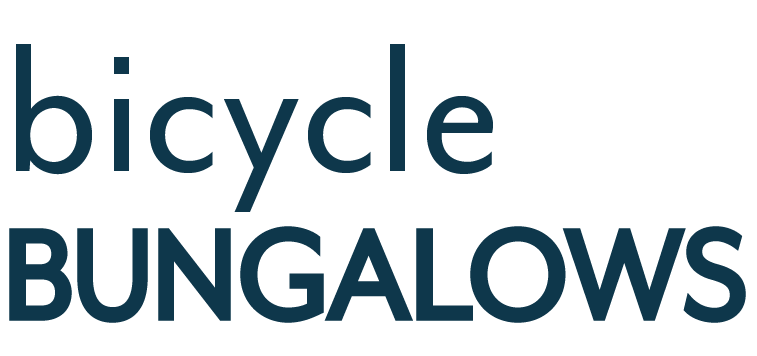
Text Link
Insights
October 18, 2025
What It Really Costs to Build a Custom Home (and Where Every Dollar Goes)

Talking about budgets isn’t glamorous—but it’s one of the most important parts of any successful home build.
A well-planned budget gives you freedom: the freedom to make confident design choices, prioritize what matters most, and prevent stress when construction begins.
At Bicycle Bungalows, we believe that honest, upfront budgeting sets the tone for the entire project. Whether you’re dreaming of a modern new build or a meticulous historic renovation in the Heights, here’s how to think about where your money actually goes—and how to make it go further.
1. Understand the True Cost of Construction
The price per square foot you hear tossed around—$200 to $275 per square foot in Houston—is only a starting point.
That number includes many moving pieces:
Category | Typical Range | What It Covers
Sitework & Foundation | 8–12% | Clearing, grading, foundation engineering & concrete
Framing & Structure | 15–20% | Lumber, sheathing, roof structure, framing labor
Exterior Finishes | 10–12% | Siding, windows, roofing, exterior paint
Mechanical Systems | 12–15% | HVAC, plumbing, electrical rough-ins
Interior Finishes | 25–30% | Cabinets, tile, flooring, countertops, trim, paint
Fixtures & Appliances | 5–8% | Lighting, plumbing trim, appliances
Builder Overhead & Fee | 10–15% | Project management, insurance, coordination, warranty
Keep in mind: upgrades or design changes can quickly shift those percentages. A handmade tile backsplash or solid-surface tub niche might sound small—but across multiple bathrooms, it adds up.
2. Plan for the “Hidden” Costs
Many homeowners underestimate or forget to budget for:
- Permits & engineering fees
- Utility connections (temporary and final)
- Design fees for architectural or interior services
- Landscaping & irrigation
- Furniture or move-in items
A realistic budget includes everything needed to make the home complete, not just the construction line items.
3. Define Your Must-Haves vs. Nice-to-Haves
Every successful project starts with clear priorities. Make two lists:
- Must-haves: Non-negotiables that define your lifestyle (e.g., open kitchen, large primary suite, energy-efficient HVAC).
- Nice-to-haves: Features you’d love if the budget allows (e.g., outdoor kitchen, built-in bar, heated bathroom floors).
By clarifying these early, your builder can allocate funds intelligently and advise where upgrades will deliver the most long-term value.
4. Understand How Contracts Affect Budget
The contract type determines how your costs are structured.
- Fixed-price contracts offer predictable totals but limit flexibility.
- Cost-plus agreements allow changes but can vary with market prices.
At Bicycle Bungalows, we often use a hybrid approach—fixed pricing for core work, cost-plus for variable materials like framing lumber and trim—to keep transparency and flexibility balanced.
5. Expect Price Fluctuations
Construction costs move with the market—especially lumber, steel, and specialty fixtures. We keep clients informed about material pricing and suggest ordering long-lead items early to lock in costs when possible.
6. Keep a Contingency Fund
Even the best-planned projects face surprises: underground utilities, termite damage, backordered tile, or last-minute design changes.
Set aside 5–10% of your total budget for contingencies. Think of it as your project’s safety net—it keeps progress moving when the unexpected happens.
7. Track Expenses in Real Time
Through Buildertrend, you’ll see detailed cost tracking, invoices, and allowance balances as your project progresses. Transparency builds trust—and lets you make informed decisions if adjustments are needed.
8. Invest Where It Matters Most
Some upgrades have long-term value:
- Energy-efficient windows and insulation reduce utility bills.
- High-quality cabinetry and hardware last decades.
- Proper drainage and foundation design prevent costly future repairs.
If the budget’s tight, spend money on structure and systems first; finishes can always be upgraded later.
9. Be Honest with Your Builder
It’s better to share your true budget range than hold back out of fear of overspending. A transparent builder will help you align design, materials, and scope so you stay within comfort while getting the best result for your investment.
Download Our Complete Building Guide
Our Bicycle Bungalows Information Package includes:
- Sample budget breakdowns and contract types
- A guide to allowances and selections
- Tips for avoiding mid-project cost surprises
- The “First Steps Checklist” to help you plan your project with confidence
When you understand where your money goes, you can make every dollar count—and enjoy the process of building the home you’ve envisioned.
Resources & FAQS
Explore More Resource Posts
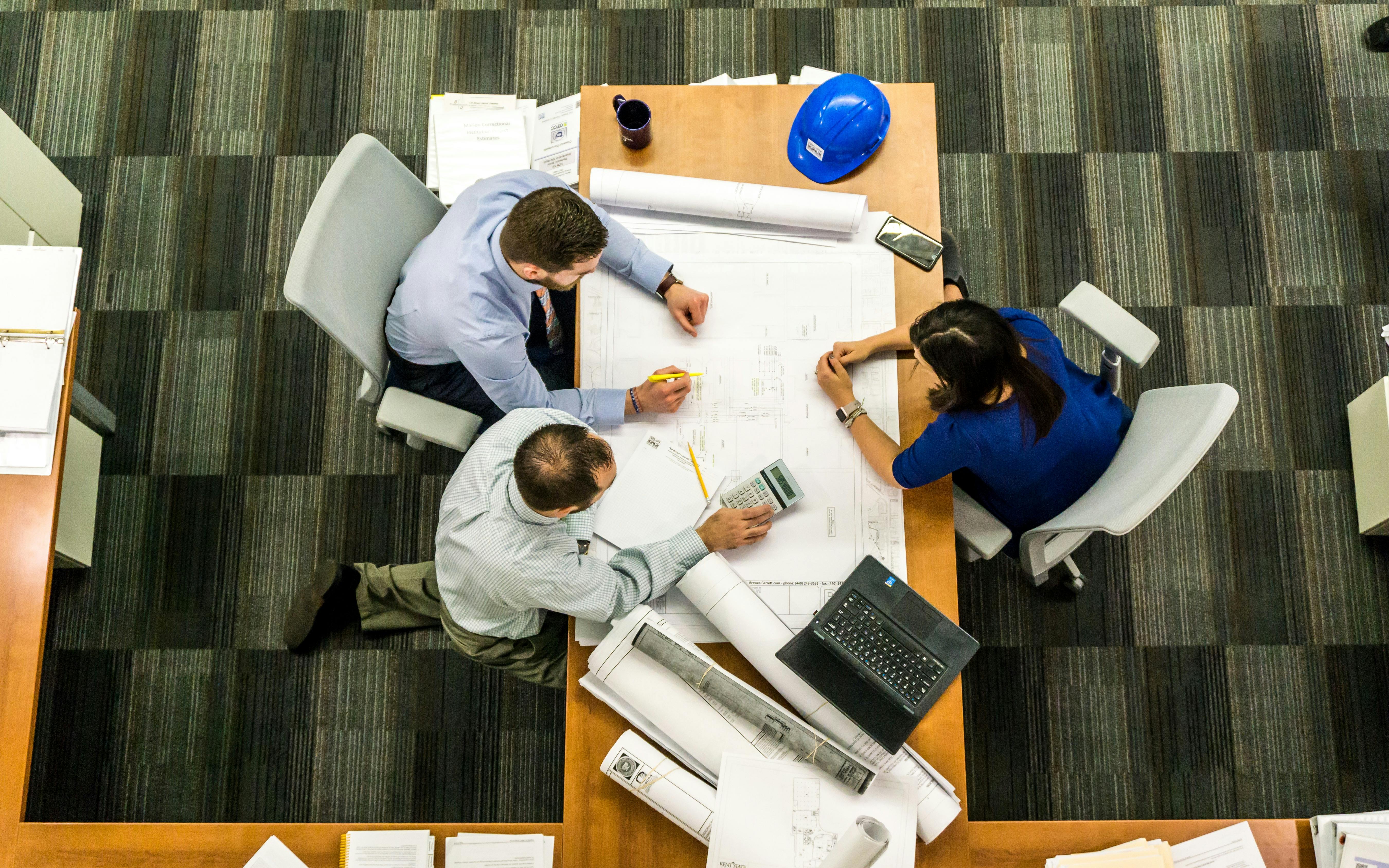
October 15, 2025
How Buildertrend Keeps Your Custom Home Build Transparent, Organized, and On TrackEver wonder how top builders keep everything on schedule? This post explores how we use Buildertrend—a cloud-based construction management platform—to streamline communication, track progress, and keep clients fully in the loop from day one.

October 12, 2025
Fixed-Price vs. Cost-Plus: Choosing the Right Builder for YouYour contract defines how your project is priced, billed, and managed. This article explains the differences between fixed-price, cost-plus, and hybrid contracts so you can make the right decision for your goals, budget, and peace of mind.
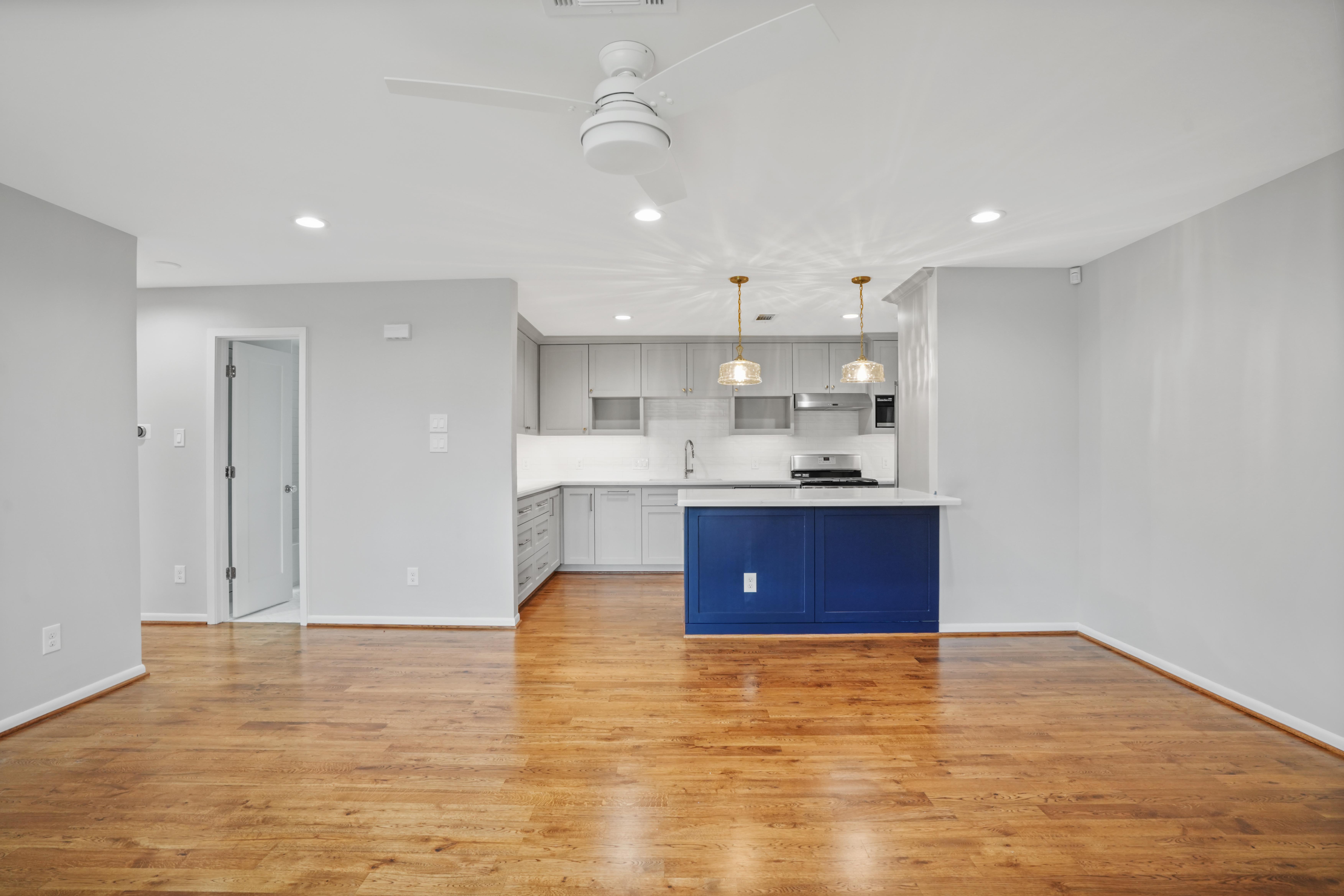
October 10, 2025
How Long Does It Really Take to Build a Custom Home? A Step-by-Step TimelineTired of vague answers about build timelines? Get a clear picture of what a 10–14 month construction schedule really looks like—from design to drywall to move-in. We break down each phase with realistic expectations based on Houston’s weather, permitting, and trade availability.
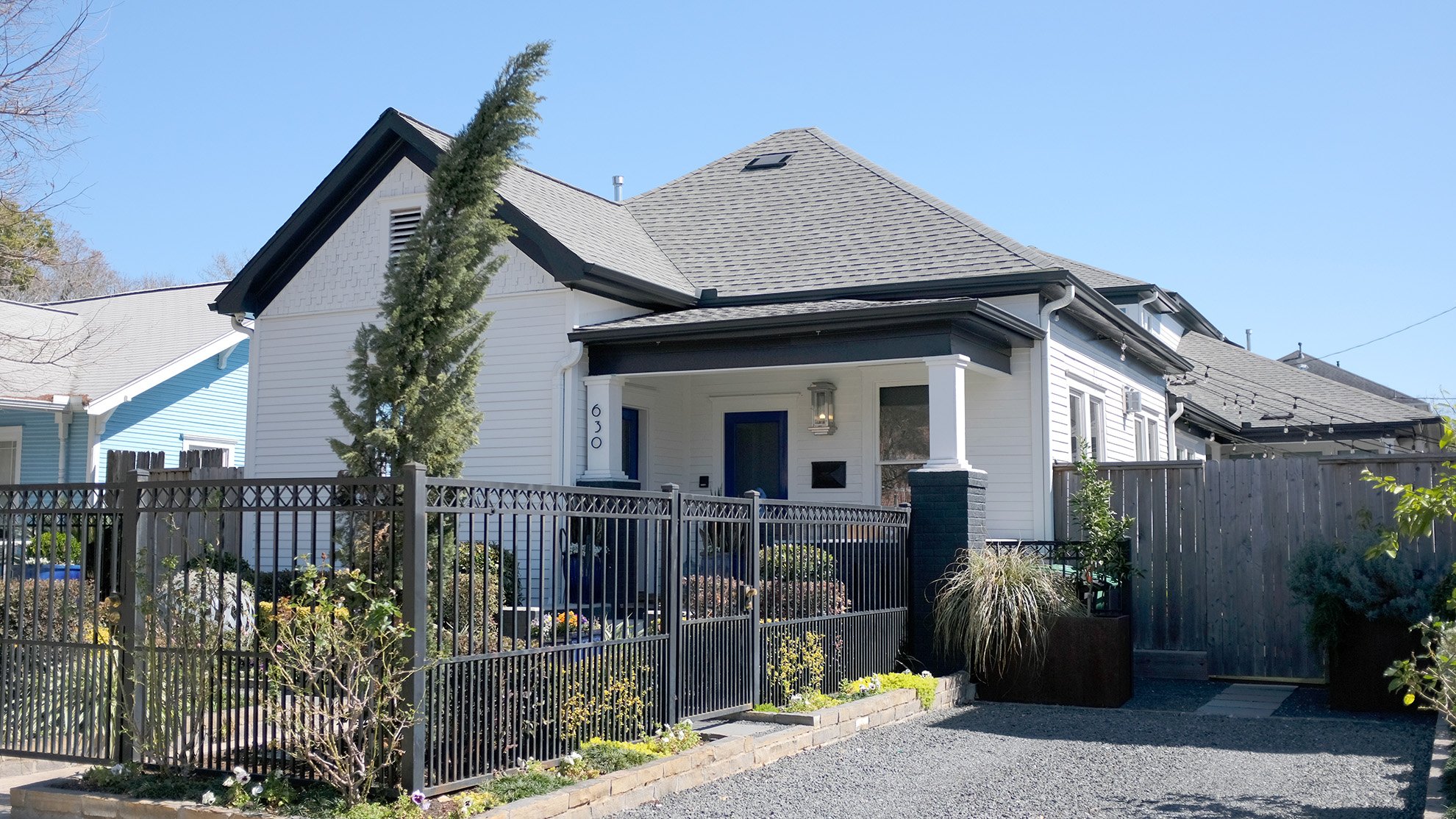
October 8, 2025
The 4 Habits of Every Great Home-Building Client (and Why Builders Love Working With Them)Want to be every builder’s favorite client? This article reveals the four habits that make custom home projects run effortlessly: clear communication, quick decisions, realistic budgeting, and trust in the process.
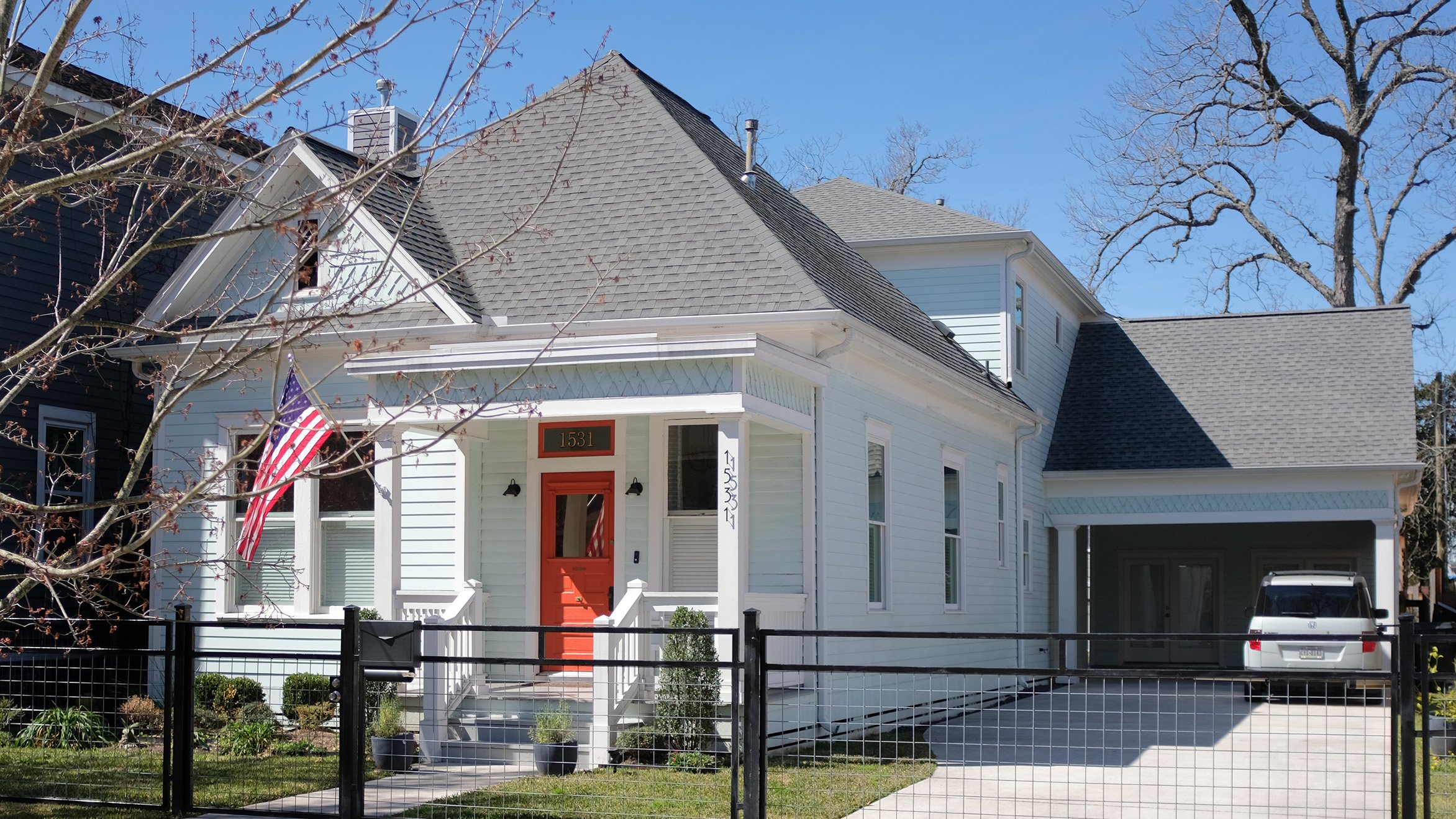
October 5, 2025
10 Hidden Delays That Can Derail Your Home Build—and How to Avoid Every OneDelays are the #1 frustration for homeowners—but most are preventable. From permitting hang-ups to late selections, this guide breaks down the ten most common causes of construction slowdowns and what you can do to avoid them.
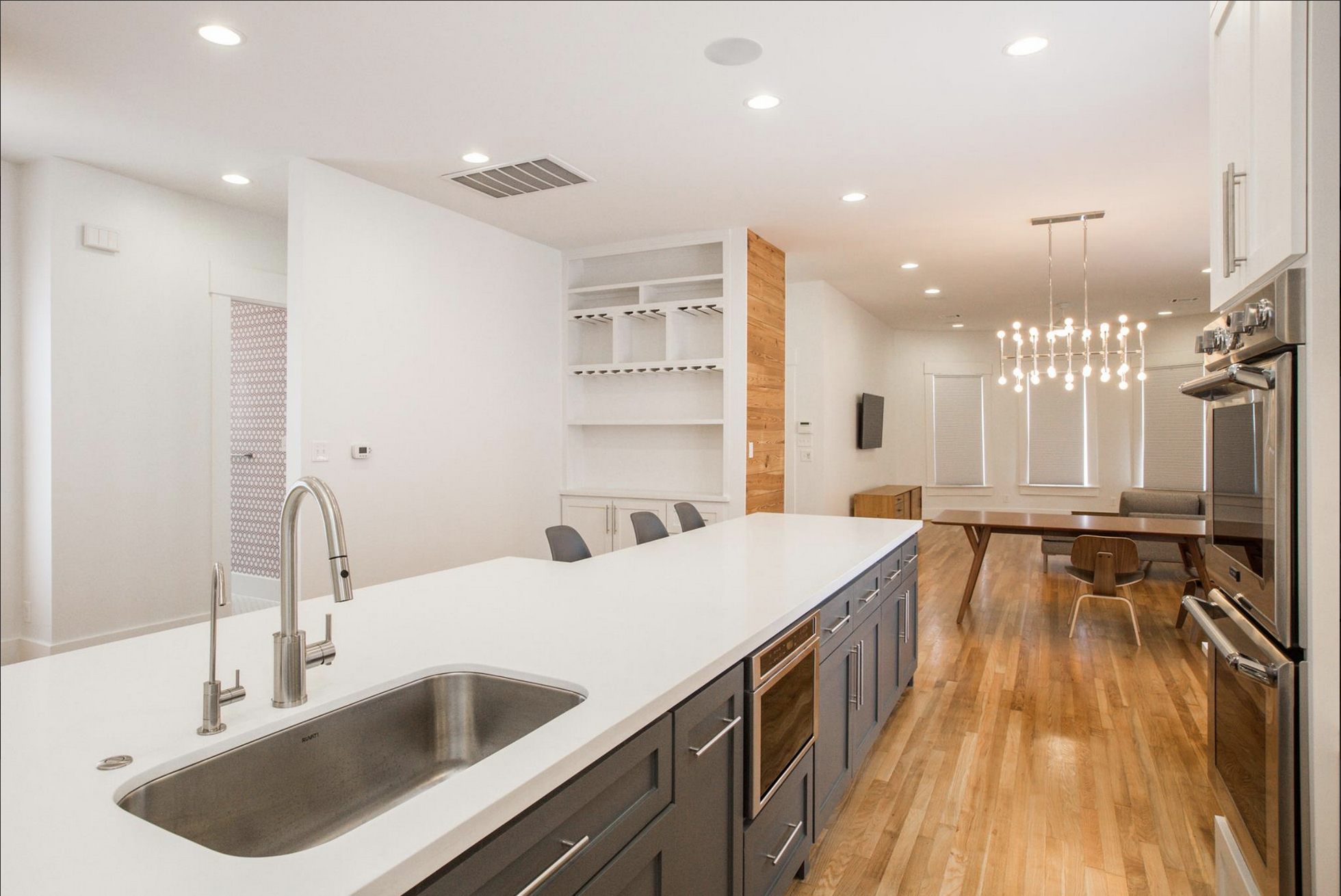
October 1, 2025
From Dirt to Doorstep: The 7 Stages of Building a Custom HomeBuilding your dream home is exciting—but without a roadmap, it can also feel overwhelming. Here’s what really happens from the first sketch to move-in day, and how to prepare for each step.
Contact us today
Let's Build Your Dream Home
Contact us today for a personalized consultation and discover how we can transform your space.
